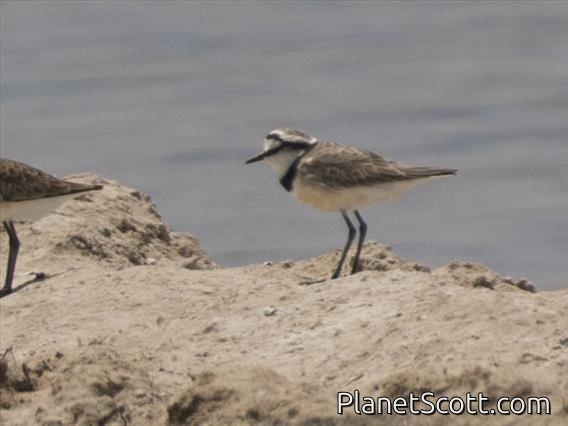Madagascar Plover (Anarhynchus thoracicus)

Madagascar Plover (Charadrius thoracicus)
×


Madagascar Plover (Charadrius thoracicus)
About Madagascar Plover (Anarhynchus thoracicus)
- Kingdom: Animals
- Phylum: Chordates
- Class: Birds
- Order: Shorebirds and Allies
- Family: Plovers
The Madagascar plover, also known as the black-banded plover, is a small monogamous shorebird in the family Charadriidae, native to western Madagascar. It inhabits shores of lagoons, coastal grasslands, and breeds in salt marshes. These plovers mainly nest in open grassland and dry mudflats surrounding alkaline lakes. The species is classified as vulnerable by the IUCN because of its low breeding success, slow reproductive rate, and weak adaptation to increasing habitat loss, leading to declining population numbers.
Source: Wikipedia
Trips
Visits
-
2017-11-02
Ifaty, Madagascar

